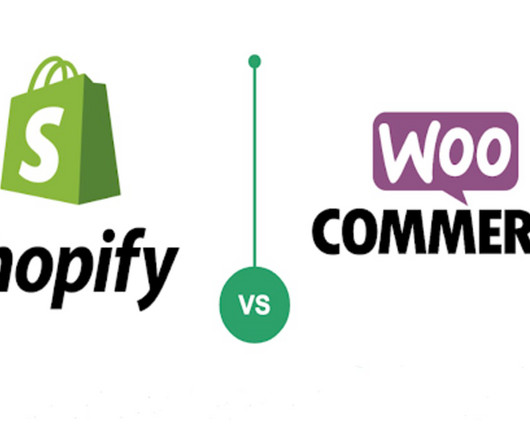A Brief History of AI
Learningtogo
AUGUST 26, 2021
1763: Mathematician Thomas Bayes develops Bayesian inference, a decision-making technique that becomes adopted for teaching machines (and people) how to make decisions using pattern recognition and predictions based on probability. 2011: IBM Watson defeats the best human players in the popular television game show Jeopardy!



















Let's personalize your content